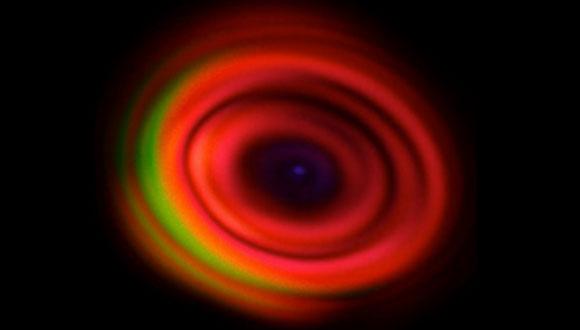LMI Seminar: Engineering of Functional Monofilament Fibers
Prof. Alexander Gumennik, Fibers & Additive Manufacturing Enabled Systems Laboratory (FAMES Lab) Indiana University Bloomington, USA
Abstract:
Fiber looming, weaving, and knitting into a textile to create garments that warm us up and protect us from scratches have been known to humans for thousands of years. With the emergence of the Internet of Things (IoT), textiles are increasingly seen as real estate for sensing and stimulation functionalities in addition to traditional passive ones. How cool it would be if your t-shirt could sense your stress and give you a relaxing massage, or your pants could embed a rechargeable battery or solar panel, powering the smartphone in your pocket! Recently, smart fibers and textiles have been a booming interdisciplinary area of research that is transformative to multiple technologies, from biomedical devices through apparel and fashion to composites for aerospace, automotive, and construction. Applications of smart fibers and textiles span but are not limited to energy harvesting and management, physiological monitoring and stimulation, brain-computer interfacing, active camouflaging, and data harvesting, processing, and communication.
The realization of high-performance systems in fibers necessitates embedding a variety of materials and structures, including electronic and photonic, into fiber cladding in an ordered, addressable, and scalable manner. The figure of merit for any active device is defined to a large extent by the architectural precision of its structure. However, whether glass- or polymer-based, monofilament fibers and the materials they encapsulate are shaped from a melt and thus prone to fluid dynamics phenomena, such as capillary instability – non-linear and even chaotic – challenging the architectural control.
To solve this seemingly unsolvable problem, we invented the Very Large-Scale Integration for Fibers (VLSI-Fi). VLSI-Fi combines molten-phase material processing techniques that piggyback on, rather than circumvent, the fluidic phenomena to attain the desired outcome. We prove, both analytically and experimentally, the existence of material processing parameter’s range in which capillary instability predictably drives the self-assembly of functional devices in fibers with tight architectural control.
Developing VLSI-Fi into a full-scale technology can deliver groundbreakingly impactful products. Recently, we demonstrated an electroceutical fiber that prevents the proliferation of bacteria, including antibiotic-resistant strains. Used as sutures and incorporated into gauzes and sponges, this fiber could assist antibiotics in point-of-care wound treatment, such as on the battlefield. Additionally, we have recently developed a sub-THz fiber antenna acting as a stress and temperature gradiometer that, incorporated into a catheter or wire guide, provides physiological monitoring to prevent hemorrhage, thrombosis, and inflammation in minimally invasive surgical procedures. In the long run, VLSI-Fi is expected to deliver fiber photonics that will intimately and efficiently interface the emerging high-performance computing platforms, such as quantum, to enable their incorporation into the larger Internet.


